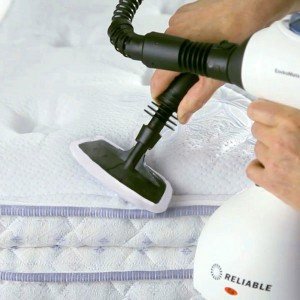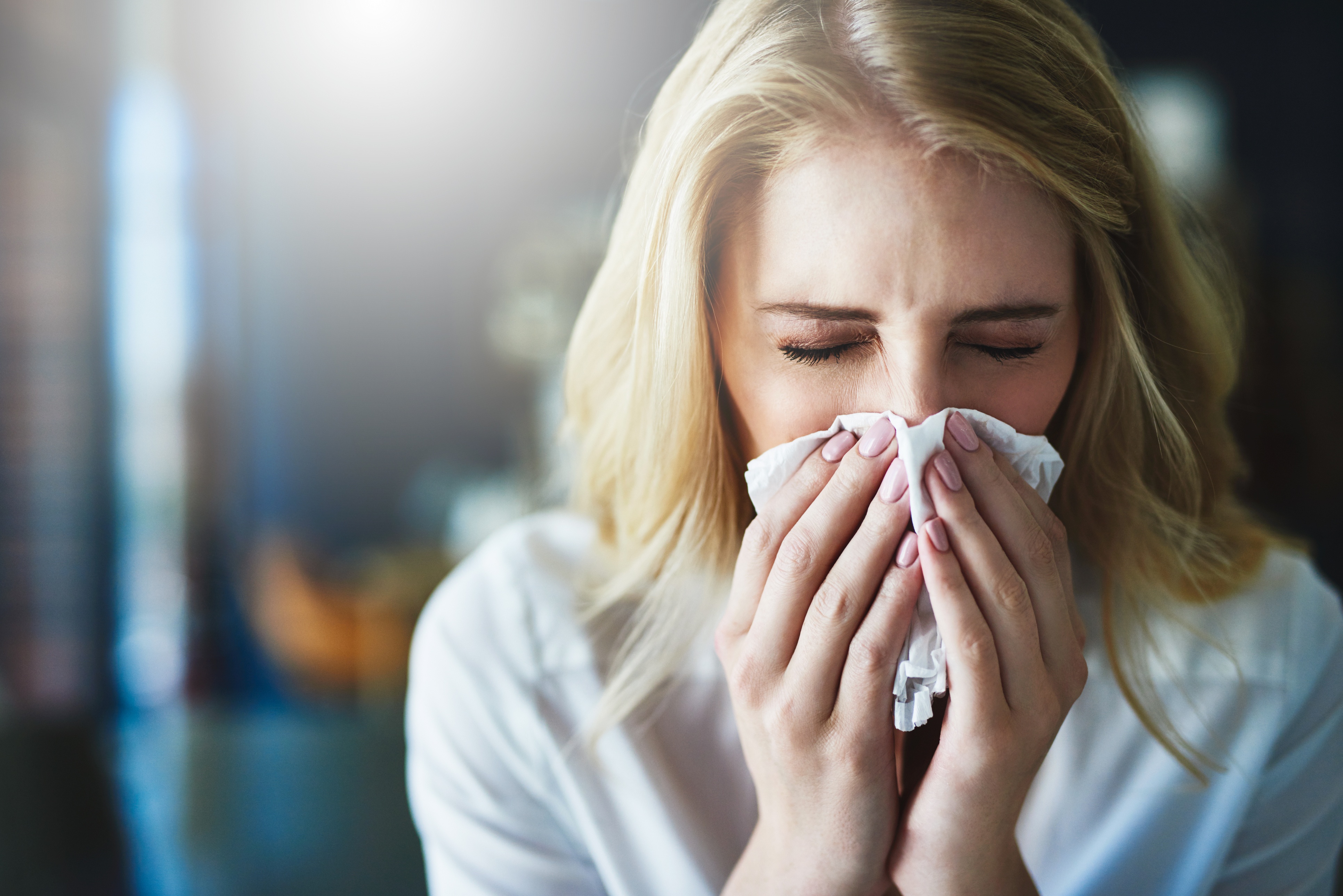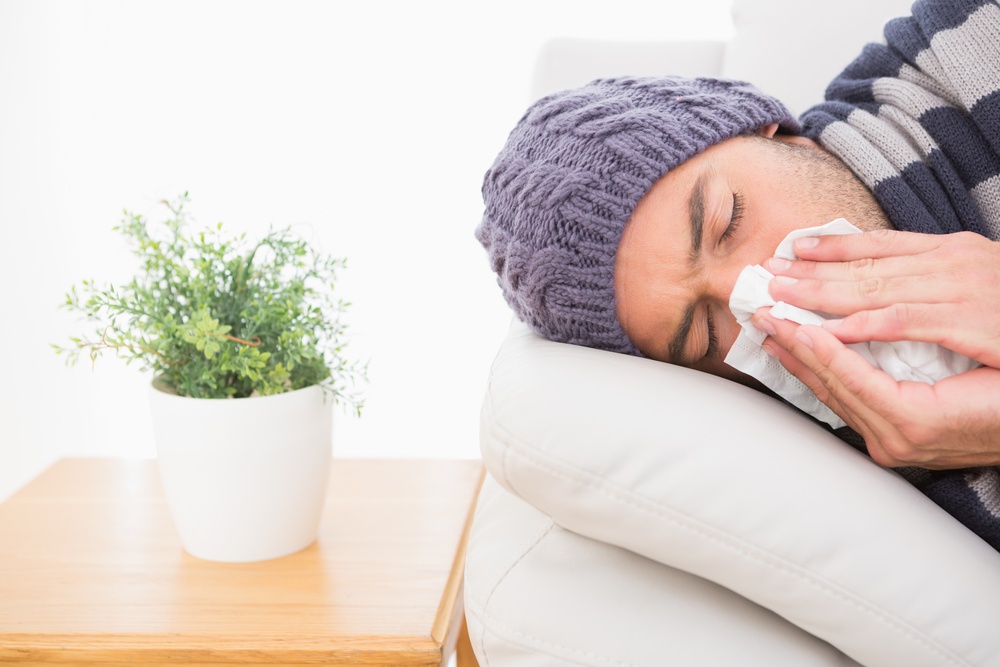Did you know May is National Asthma and Allergy Awareness Month? Along with the warmer weather and longer days, springtime can bring runny noses, watery eyes and seasonal sneezing– a peak time for many asthma and allergy sufferers.
From the ceremonious spring cleaning to blooming flowers and thriving trees, the season can trigger allergies caused by culprits both inside and outside the home. Don’t let allergens such as pollen, mold, dander or dust mites make you suffer and spoil your spring fever.
Take a look at our list of practical, chemical-free tips on how to better control allergies within your home:
- Declutter to reduce dust collectors. Remove piles and stacks, toss out or recycle any unwanted items, and then place remaining objects in closed plastic containers to avoid attracting dust.
- Vacuum, steam, and flip the mattress, this should be done annually in order to help maintain shape and avoid uneven wearing. Easily kill dust mites and mold spores with the Reliable EnviroMate Pronto P7 portable steam cleaner and fabric steamer. Use the fabric brush attachment and hold device over the mattress to eliminate allergens. The power of steam also deodorizes and sanitizes every crevice, a natural alternative to using harsh chemicals.
- Wipe down your home from top to bottom, but skip the hazardous chemical cleaning solutions and use a damp microfiber cloth to attract dust on tables, walls, frames, shelves, dressers, ceiling fans, and more.
- Keep your doors and windows closed, especially during peak pollen hours. If using an air conditioning system, make sure to change the filter monthly.
- To eliminate mildew and lime buildup without the use of chemical cleaners, lay down paper towels over appliances and soak in vinegar. For best results, let it sit for at least an hour, allowing the residue to soften, eventually making it easier to remove.




